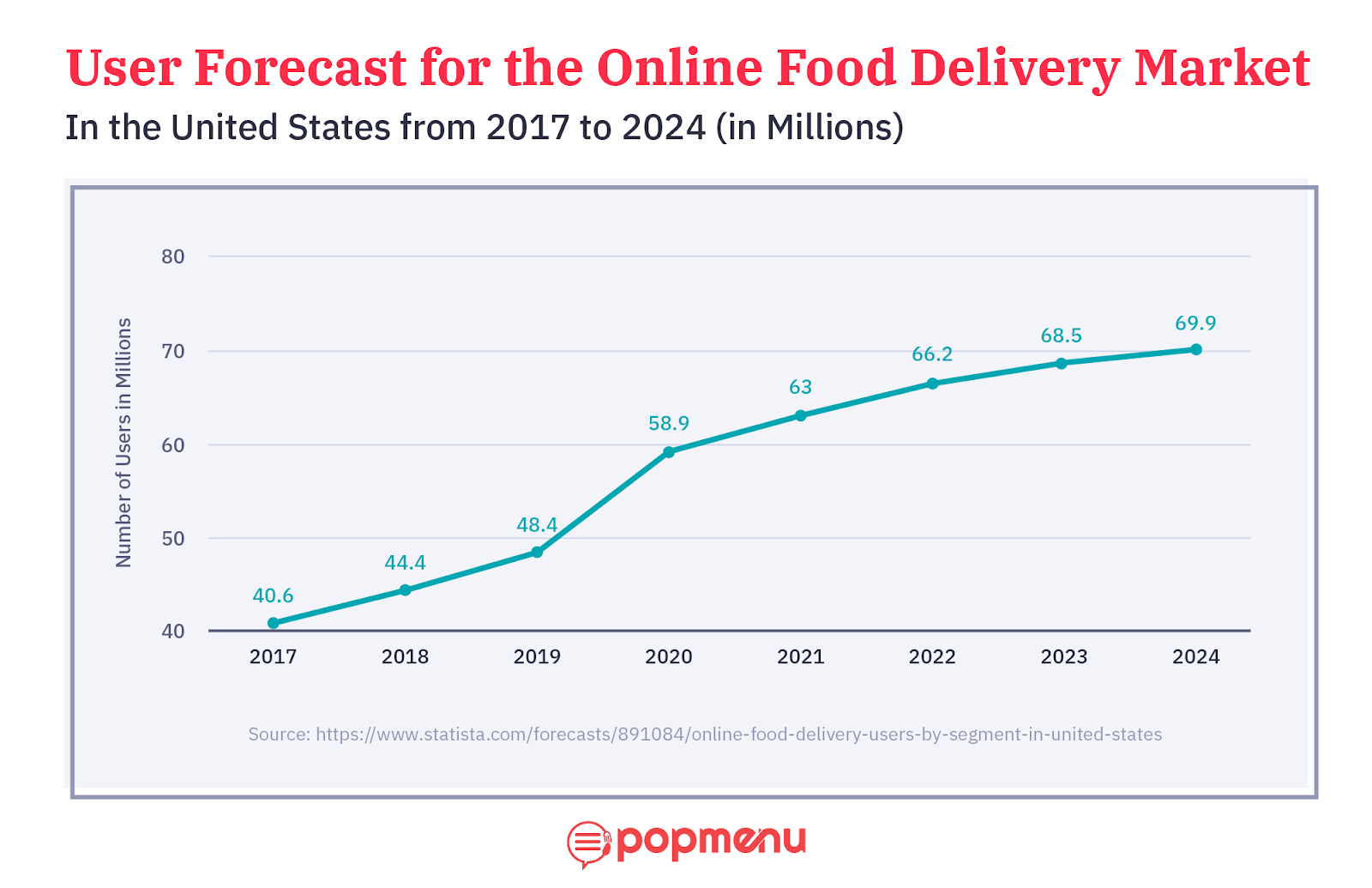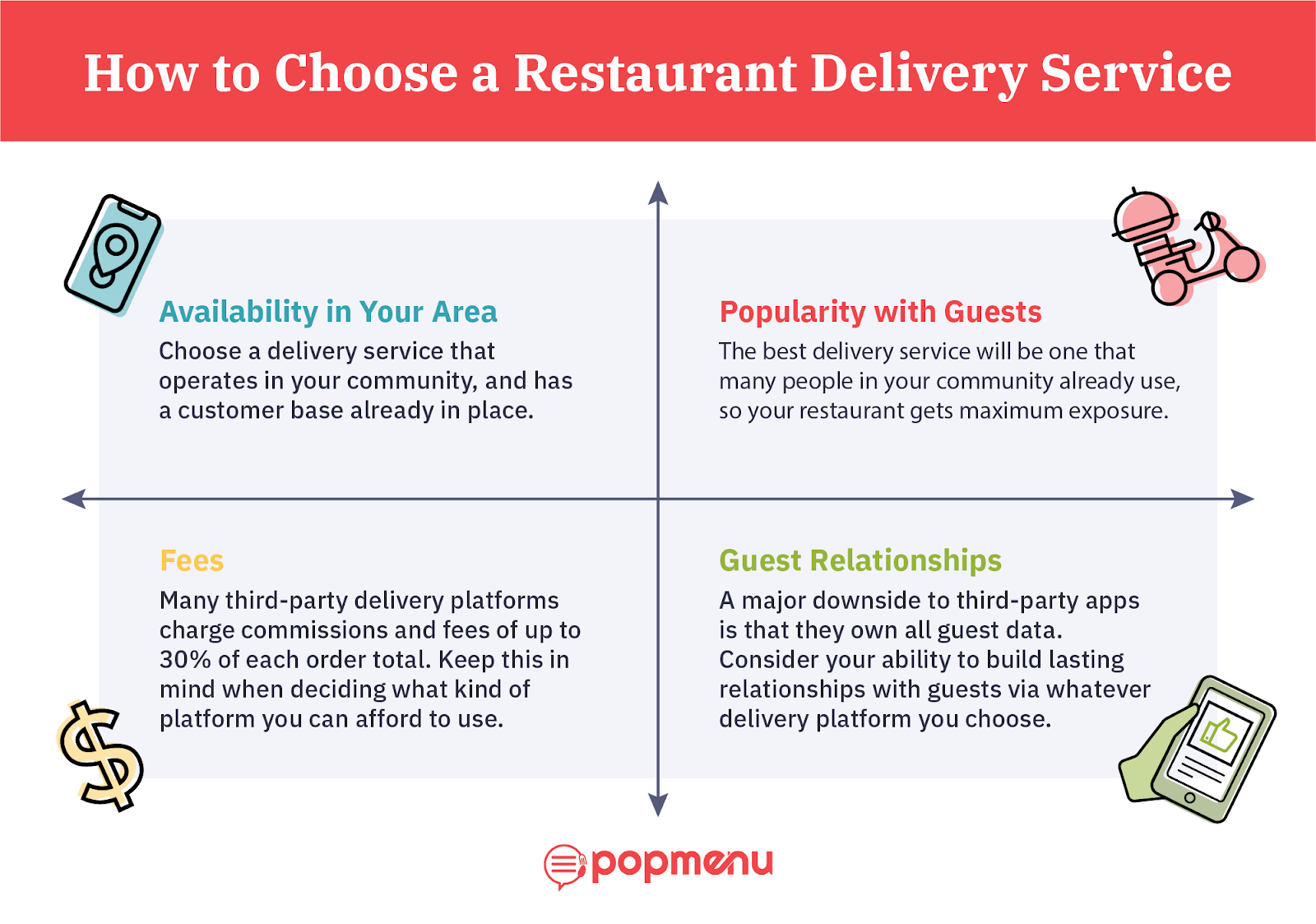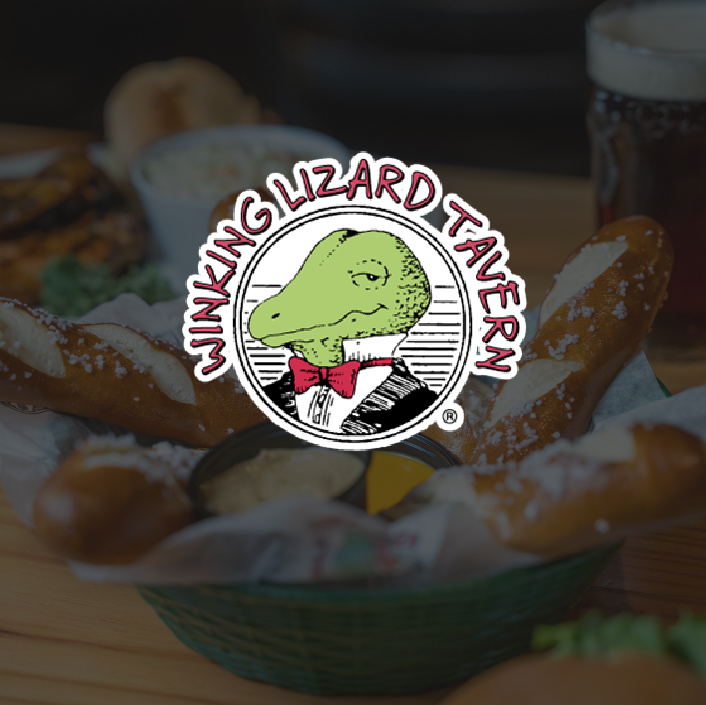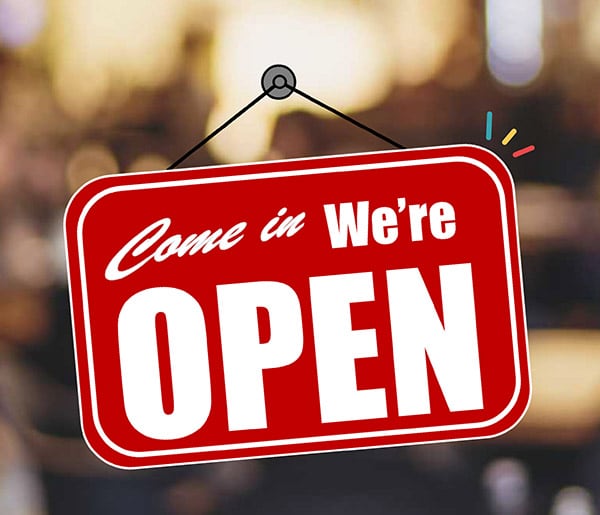
Which delivery service is best for restaurants?

Explore this content with AI
ChatGPT | Perplexity | Claude | Google AI | Grok
Delivery is one trend in the restaurant industry that is undeniably here to stay. That has many restaurateurs wondering: Which delivery service is best for restaurants?
Even before the COVID-19 pandemic, third-party restaurant delivery apps like Uber Eats, DoorDash, Seamless, Postmates, and others were already on a meteoric rise in popularity.
From 2017 to 2019, an average of 4 million new users joined these delivery platforms each year in the U.S. alone, bringing the total number of users to 48.4 million just before the pandemic hit. When the coronavirus forced restaurant guests to switch to takeout and delivery instead of dining in, those apps added 10.5 million American users in 2020 alone. Now, the number of Americans ordering food delivery via third-party delivery services is estimated to nearly double and reach 70 million in the next three years.

What does that mean for the industry? Restaurants have to capture delivery business if they want to succeed in this newly tech-driven hospitality landscape; but which delivery service is best for restaurants? With so many apps out there, how do you choose?
This guide will help restaurant owners and managers better understand the delivery service landscape for restaurants, including benefits and drawbacks to the most popular delivery services. Ready to see which delivery service is really best for restaurants? Read on.
How to Choose a Restaurant Delivery Service
When choosing a delivery service for your restaurant, there are four main factors you’ll want to take into consideration.

Availability in Your Area
First, you need to know which delivery services are available in your area. While all of the most popular delivery apps operate in most major U.S. cities (think New York, Atlanta, Los Angeles, or Chicago), smaller communities might be limited to just a few apps that have expanded their services to the area so far. As delivery apps continue to gain popularity and add new users, this may change—especially if you’re in a smaller community that has limited options for now.
Popularity with Guests
Just because a certain delivery service is available in your area doesn’t mean it will offer your restaurant maximum exposure. Different delivery services are more popular in different areas. This is important to take into consideration because if you join a less popular delivery service, it means your restaurant’s delivery options will be seen by fewer potential guests—which can impact your bottom line and success with delivery orders over time.
Fees and Profit Margins
One of the biggest drawbacks to third-party delivery apps, despite their popularity, is their fees and commissions. Several of the most popular platforms charge restaurants commissions and fees that can exceed 30 percent of each order total. For restaurants that operate on slim profit margins, these high fees can mean making no profit on delivery orders—or worse, losing money. It’s important for restaurants to choose a platform with fees they can afford, and that will allow them to profit off delivery orders.
Guest Relationships
Another major drawback to third-party apps is that they capture all the valuable data about the guest placing the order. Those who work in the industry know how important it is to build relationships with your guests, especially for small local restaurants. Choose a delivery platform that will allow you to do so, even if it means steering away from the most popular third-party apps.
Which Delivery Service is Best for Restaurants?
Now that you have a better idea of how to evaluate food delivery services for your restaurant, let’s take a look at seven of the best food delivery apps and platforms and see how they compare.

#1: Popmenu
Availability: Anywhere in the U.S.
Commission and fees: No commissions on orders. Delivery costs a low, flat fee, and Popmenu as a platform costs a flat monthly fee that never goes up.
Popmenu is an all-in-one digital toolkit for modern restaurants. Online ordering and delivery are just a small (but impactful) part of what the platform offers.
Popmenu sets your restaurant up with a website and interactive online menu that are search engine optimized to help more guests in your area find you. Then, those guests can place direct online orders through your website, meaning you own the relationship (and the data) with each and every guest. You can use your own, in-house delivery drivers, or work with a local network of DoorDash drivers—but without the percentage commissions on each order. There’s just a flat delivery fee that you can pass on to your guests, or subsidize in part or in full.
Popmenu does even more than that (we’ll get into more details below), but the best part of the ordering and delivery tool? All it costs restaurants is a low, flat monthly fee that never goes up. It’s truly the affordable, all-in-one tool made just for modern restaurants.

#2: Uber Eats
Availability: 6,000 cities across six continents globally.
Commission and fees: 30 percent marketplace pricing on the pre-tax value of each order placed when using an Uber Eats delivery person. 15 percent if using your own delivery person. Service fees vary by restaurant and service area.
Uber Eats is one of the most popular food delivery services in the world, with more than 700,000 restaurant partners globally. Some of the appealing things about using Uber Eats are its large market share and growing base of customers. The main drawback is the app’s high fees for restaurants—more than 30 percent on most orders that use the app’s own network of delivery drivers.

#3: DoorDash
Availability: Around 900 U.S. cities in all 50 states.
Commission and fees: Commissions vary by restaurant, but on average seem to be around 20 percent of each order. Service fees also vary, but tend to be lower than many other food delivery apps.
Surprisingly, DoorDash has eclipsed Uber Eats and become the most popular food delivery app in the market, comprising 27.6 percent of the market share in 2019. In many cities, adding grocery stores, convenience stores, and alcohol delivery has helped boost DoorDash’s popularity even further. With commissions and fees of around 20 percent of order totals, it’s also one of the most affordable apps for restaurants—though 20 percent is still significant for restaurants with slim profit margins.
Popmenu offers local restaurants a unique partnership in which they can take advantage of DoorDash’s existing delivery infrastructure, and use DoorDash drivers to deliver orders for a small, flat fee per order—none of the percentage commissions DoorDash typically charges its restaurant partners.

#4: Caviar
Availability: 11 major U.S. cities.
Commission and fees: Commissions of around 20 percent of each order total, with services fees typically ranging from $2 to $8.
Caviar is only available in major cities, which means it’s not an option for most U.S. restaurants. It’s also a niche service, accepting fewer restaurant partners and focusing on delivery of high-end meals.
Caviar takes commission fees on the low end compared to many apps, which makes it a good choice for the kind of restaurants it caters to—those with high order totals. But because Caviar has such limited availability, and limits its restaurant partners, it’s not a realistic choice for most restaurants.

#5: Grubhub/Seamless
Availability: Around 2,700 cities in all 50 U.S. states.
Commission and fees: Commission is negotiable and varies, usually between 15 and 30 percent. Service fees also depend on the restaurant and service area, but are typically average for third-party delivery apps.
Grubhub was once the leader in food delivery apps, and the company now owns a number of other services, including Seamless, Eat24, Foodler, and OrderUp. An estimated 14.5 million U.S. customers use Grubhub owned apps, which gives restaurant partners significant exposure. Again, a major downside is the fees—on the high end, Grubhub charges restaurants 30 percent of each order total, which is significant for a restaurant with narrow profit margins.

#6: Postmates
Availability: Around 1,500 cities in all 50 U.S. states.
Commission and fees: Commission tends to hover around 30 percent of order totals for Postmates restaurant partners, with service fees varying depending on the restaurant and the service area.
Postmates offers some attractive features for users, like a “Party” section that allows them to order from the same restaurants as other users to save on delivery fees. But for restaurants, Postmates has fewer benefits than other services. It’s at the bottom of our list because it has a smaller market share than other apps (around 12 percent), meaning your restaurant will get less exposure and be seen by fewer potential guests. Postmates is also on the high end when it comes to commissions and fees.

#7: DIY Delivery Solution
One often-overlooked option for restaurants is to create a DIY delivery solution. When faced with the fees and other downsides to existing delivery apps, this may seem attractive. But creating a DIY solution is inconvenient for many restaurants, since it often requires hiring developers and designers. It can be expensive, and when you have a DIY solution, there’s no support team there to help out if something breaks. Overall, we think restaurants are better off working with an existing platform that comes with support and can integrate with other tools they use, like their point-of-sale system.
Why Popular Food Delivery Apps Aren’t the Best Choice for Restaurants
The best food delivery service for any restaurant is the one that meets its needs at a price point that works for its budget.
That’s why the most popular food delivery apps are often not the best fit for small, family-owned, or local restaurants.
During the COVID-19 pandemic, third-party delivery apps have come under fire for the exorbitant fees they charge their restaurant partners. Some cities, like Chicago, have even passed emergency legislation to limit the percentages apps can take from restaurants. But those emergency measures likely won’t last past the pandemic’s end. Delivery apps will continue to charge commissions that are unsustainable for many restaurants, despite guests’ expectations that delivery stays easy and convenient.
When it comes to choosing which delivery service is best for restaurants, though, fees are just one piece of the puzzle. Another consideration is guest data—when you use a third-party app, the app gets to own valuable data about your guests that you could have used to market your restaurant.
What continues to draw many restaurants to delivery apps is their convenience: It’s quick and easy to sign up, and popular apps offer an existing customer base that will be able to see your restaurant in searches for dishes and types of cuisine.
What restaurants need is a delivery service that’s hassle-free, but also affordable—and that lets them own all their own guest data. That service is Popmenu.
Popmenu Offers Much More than Just Delivery
Popmenu is a convenient delivery platform that’s easy to use and affordable. But it’s so much more than that.
Popmenu is a mobile-optimized website that will help more local guests find your restaurant. It’s patented, interactive menu technology that will engage with your guests. It’s automated marketing tools that help you turn first-time guests into regulars. Popmenu is all of that and more—it’s the only tool restaurants need to succeed in the digital age.
Ready to see how Popmenu can help you own your restaurant’s entire digital presence? Signing up is easy—Schedule a free demo today.





.jpeg)






